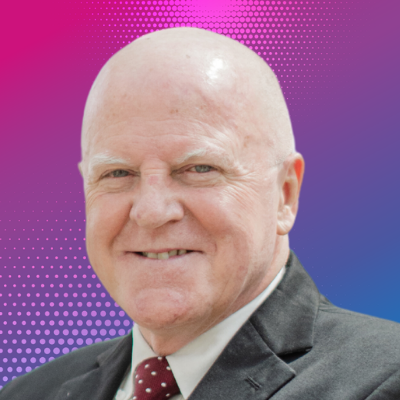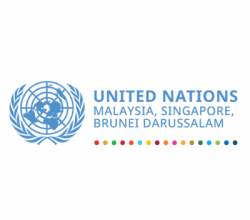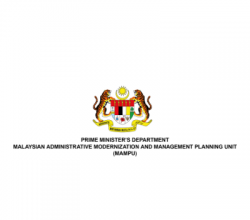
“I WANT US TO ASK OURSELVES EVERY DAY,
Barack Obama, The 44th President of the United States
HOW ARE WE USING TECHNOLOGY TO MAKE A REAL DIFFERENCE IN PEOPLE’S LIVES.”
According to the United Nations’ E-Government Survey 2020, digital government transformation should aim at promoting digital inclusion and ensuring that all people, including vulnerable groups, can access to improve their wellbeing. It should put people first and revolve around their needs.
At the beginning of 2021, the Malaysian government introduced the Malaysia Digital Economy Blueprint (MyDIGITAL) to enable the rakyat to embrace digitalisation to improve quality of life and standard of living.
“Advanced technology will be the transformation that covers a wide spectrum and affects ALL layers of society,” said Khairy Jamaluddin, Minister of Science, Technology and Innovation of Malaysia.
However, as the nation is still embroiled in the fight against COVID-19, the government and service providers must also look ahead and be ready to embrace the post-pandemic world where the demand for public services will be different and much more digital than before.
Road to Building a Human-Centered Society
bit.ly/starsmartgov2021
Read More on the Event Coverage Here
In commemoration of Star Media Group’s 50th anniversary, the Smart Gov & Public Services Live Virtual Conference on 7 & 8 September is part of the group’s #digitalXdata Road to Malaysia 5.0 event series that is dedicated to enabling digitally-fuelled government and public services to accelerate growth in realising the common future vision of building a sustainable, inclusive, human-centered society, powered by disruptive technologies.
We invite you to join us and be part of the digital acceleration journey in designing society 5.0!

“Technologies and industry solutions play only a small ‘enabling’ portion of realising smart city outcomes.
IDC Asia/Pacific
At least 99% of the transformation work comes from disrupting traditional mindsets and bridging silos across organisational cultures, processes, governance structures, policies, regulations and expectations.”
Rewatch the Sessions!
For more speaking and sponsorship inquiries, contact us at:
events@thestar.com.my















































